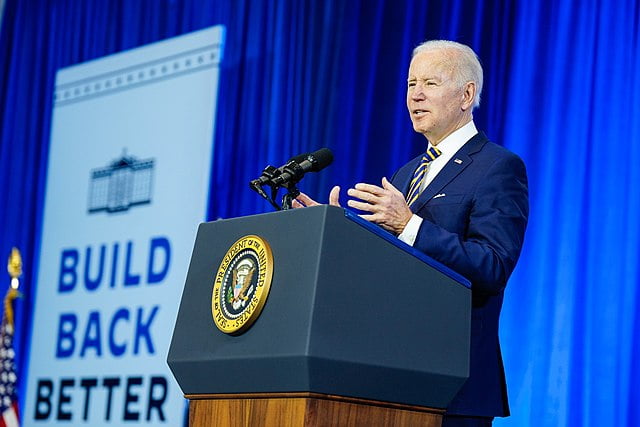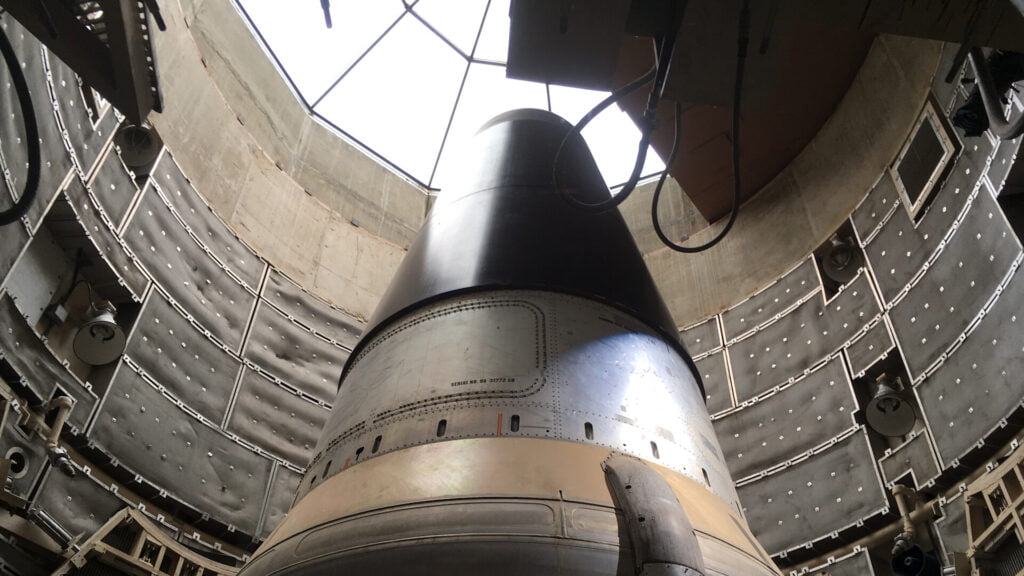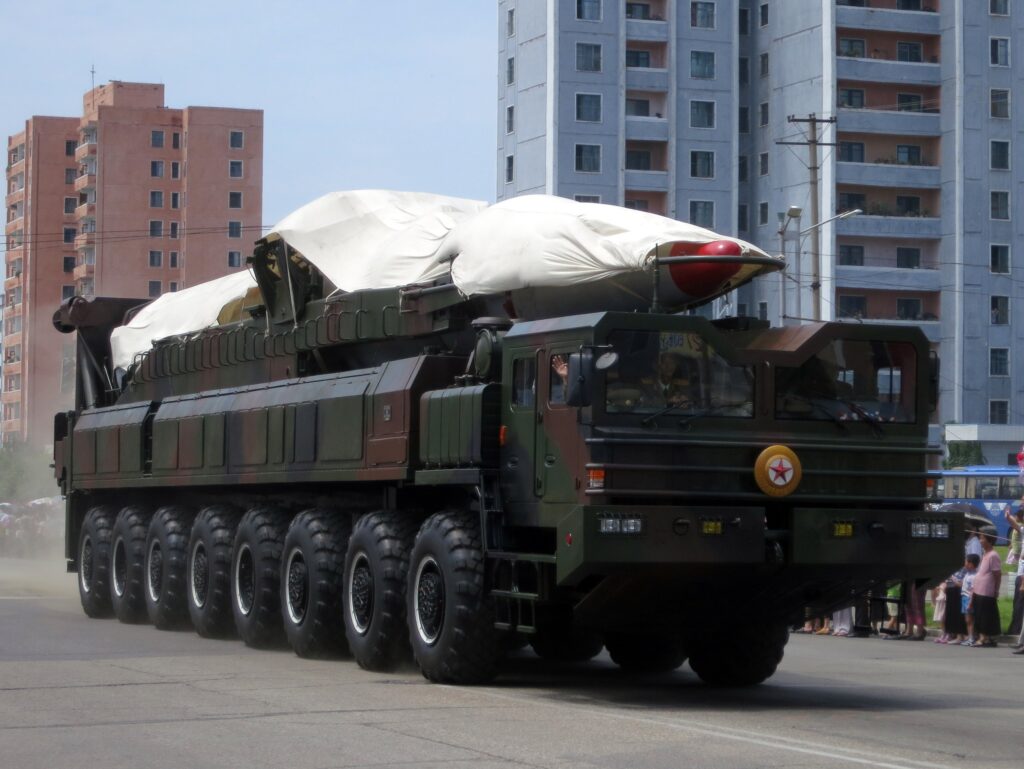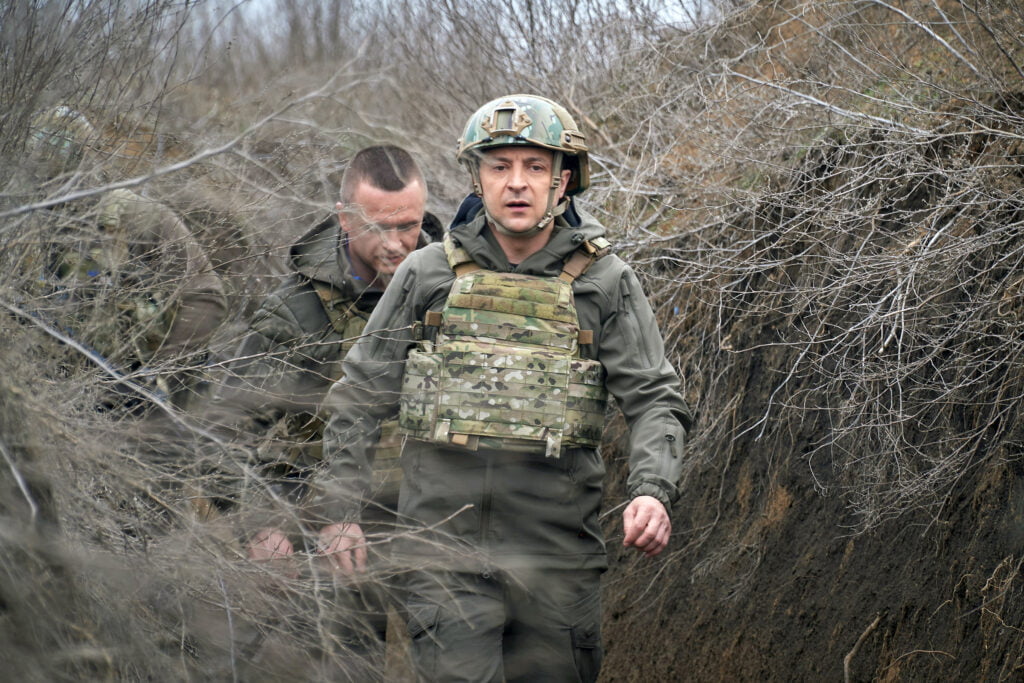US foreign policy will change in wake of Russia’s invasion of Ukraine. Whether Biden departs from his predecessors on nuclear weapons policy remains to be seen.
 US President Joe Biden has taken steps to undo some of the foreign policy decisions made by his predecessor, Donald Trump: Office of the President of the United States, Wikimedia Commons
US President Joe Biden has taken steps to undo some of the foreign policy decisions made by his predecessor, Donald Trump: Office of the President of the United States, Wikimedia Commons
US foreign policy will change in wake of Russia’s invasion of Ukraine. Whether Biden departs from his predecessors on nuclear weapons policy remains to be seen.
The nuclear threats that came with Russia’s invasion of Ukraine have presented US President Joe Biden his biggest foreign policy test since entering office. With the administration soon to release its Nuclear Posture Review (NPR), an important policy signpost, Biden has the opportunity to outline his position on nuclear weapons.
But in the years since the end of the Cold War, many nuclear disarmament treaties have lapsed or collapsed, leaving few mechanisms for global strategic arms control remaining. With Russia belligerent and the EU nervous about being drawn into a war, Biden has a challenging task before him.
Previous NPRs focused on improving US nuclear weapons capabilities and strategy. They also rejected a no-first-use policy, meaning the US reserves the right to use nuclear weapons first in a conflict. It is unlikely Biden will seriously depart from this concept.
US foreign policy underwent a profound shift under President Ronald Reagan in the mid-1980s. After decades of Cold War tension, the nuclear arms race between the US and the Soviets ended with the watershed Intermediate Range Nuclear Forces (INF) Treaty in 1987.
The agreement, which eliminated an entire class of nuclear weapons with operational ranges from 500 to 5500kms, was a sign of the growing trust between Reagan and Soviet President Mikhail Gorbachev. Up to this point in the Cold War, there had been only suspicion and animosity between leaders in Washington and Moscow, which fed into formulation of foreign policy.
Gorbachev continued disarmament talks with Reagan’s successor, President George H.W. Bush. Together they negotiated the 1991 Strategic Arms Reduction Treaty (START). However, Bush and Gorbachev did not address the stockpile of their tactical nuclear arsenals with START. These weapons remain outside the scope of any nuclear arms control agreement.
The momentum towards nuclear disarmament continued with President Bill Clinton who, upon taking office in 1993, pressed for a global moratorium on nuclear testing.
The resulting 1996 Comprehensive Test Ban Treaty (CTBT) has been ratified by 170 countries, but the US is not one of them. Although Clinton championed the treaty, it was not ratified by the Senate. The Obama and Trump administrations expressed interest in ratifying the CTBT, but failed to seriously pursue the matter.
It leaves the US outside the bounds of the treaty, retaining the right to resume testing nuclear weapons, if deemed in the interests of national security.
Under Obama, the Joint Comprehensive Plan of Action (JCPOA) was agreed to in 2016. The deal provided a means of verifying Iranian nuclear activities, ensuring Iran did not develop a nuclear bomb. Until Obama’s involvement, no US president had directly negotiated with Iran since 1979.
But the arrival of Trump the following year saw an erratic period of foreign policy, during which his administration engaged in a game of nuclear brinkmanship with North Korea and made several moves that had adverse repercussions for nuclear arms control.
Trump walked away from the JCPOA, then withdrew from Reagan’s INF Treaty after the agreement was violated by Russia. What could be seen as a setback for arms control was taken as an opportunity for Trump: his administration claimed that any viable strategic arms control negotiations in future had to also include China.
Biden has since reversed Trump’s action and moved to re-engage the US with the JCPOA. But developing US foreign policy involving nuclear arms control is more challenging in today’s climate. The number of nuclear weapons states has grown to nine since the Cold War ended; technology has advanced and diversified; and the calculus of developing nuclear arms control regimes is more complicated.
The only remaining nuclear arms control agreement in place between the US and Russia is the New Strategic Arms Reductions Treaty (New START), a legacy of foreign policy under Reagan. However, even the future of New START is looking tenuous as with Russia’s war against Ukraine. Increasingly, the atrophy of nuclear arms control regimes is coming to resemble some of the darker days of the Cold War.
Biden has restored the transatlantic relationship, a bedrock of US foreign and nuclear policy since 1945 that Trump had upset. However, given Russia’s invasion of Ukraine, and Putin’s aggressive rhetoric against the US and the West, Biden faces a far more daunting task if he wishes to restart arms control negotiations with Putin. None of these developments bode well for the future of strategic arms control.
Daniel Steedman is undertaking a PhD in international relations at Monash University. His research interests are US foreign policy, EU foreign policy, nuclear weapons and great power rivalries. He’s twice served on the board of the Australian Institute of International Affairs (Victoria). Mr Steedman declared no conflicts of interest in relation to this package.
Originally published under Creative Commons by 360info™.












